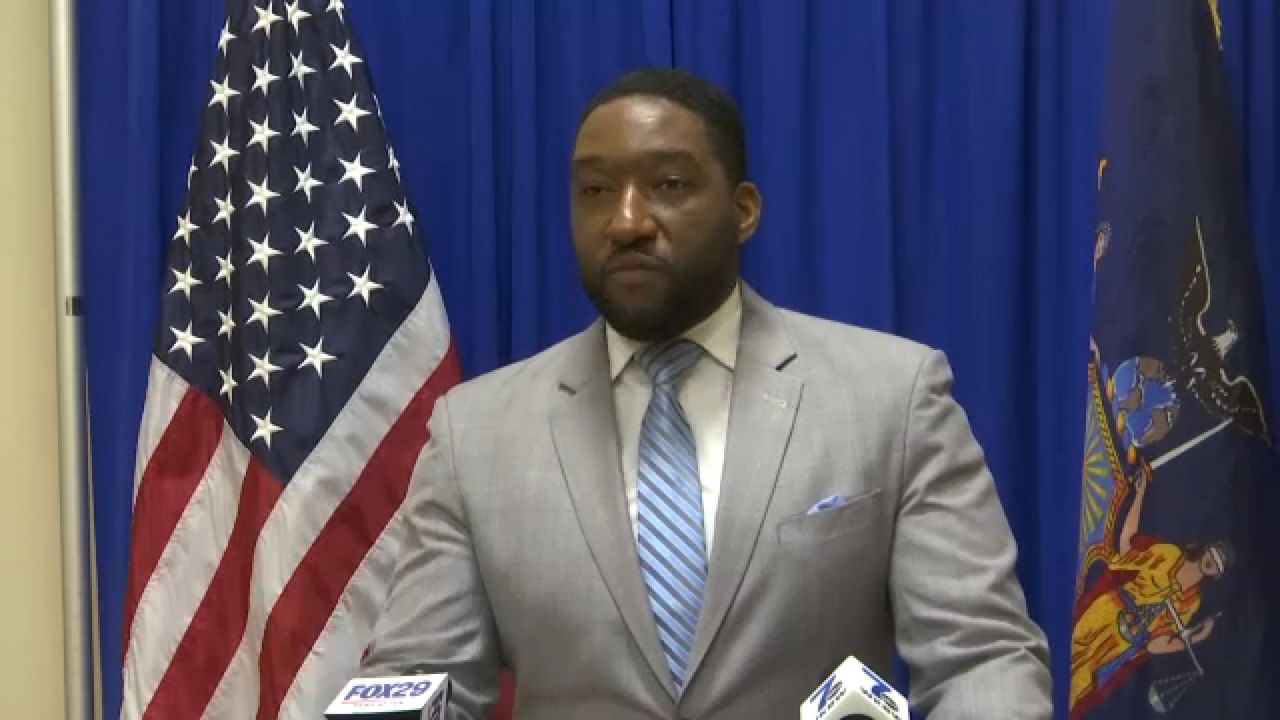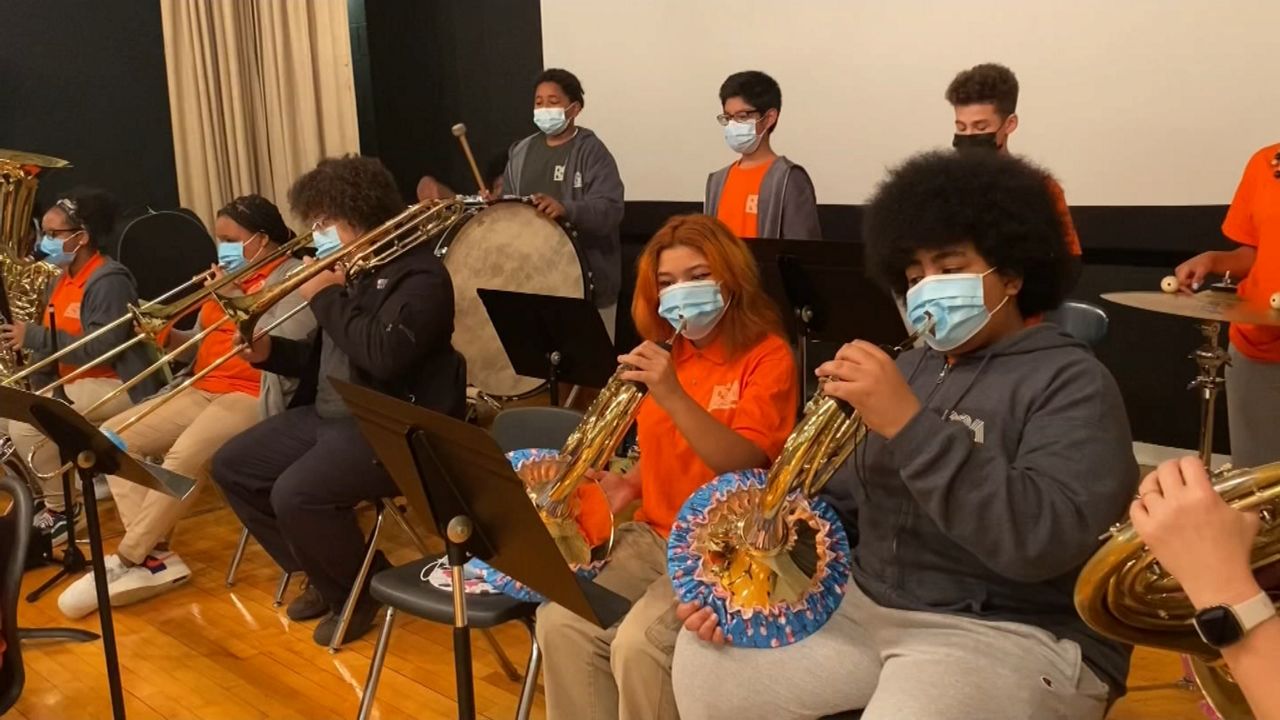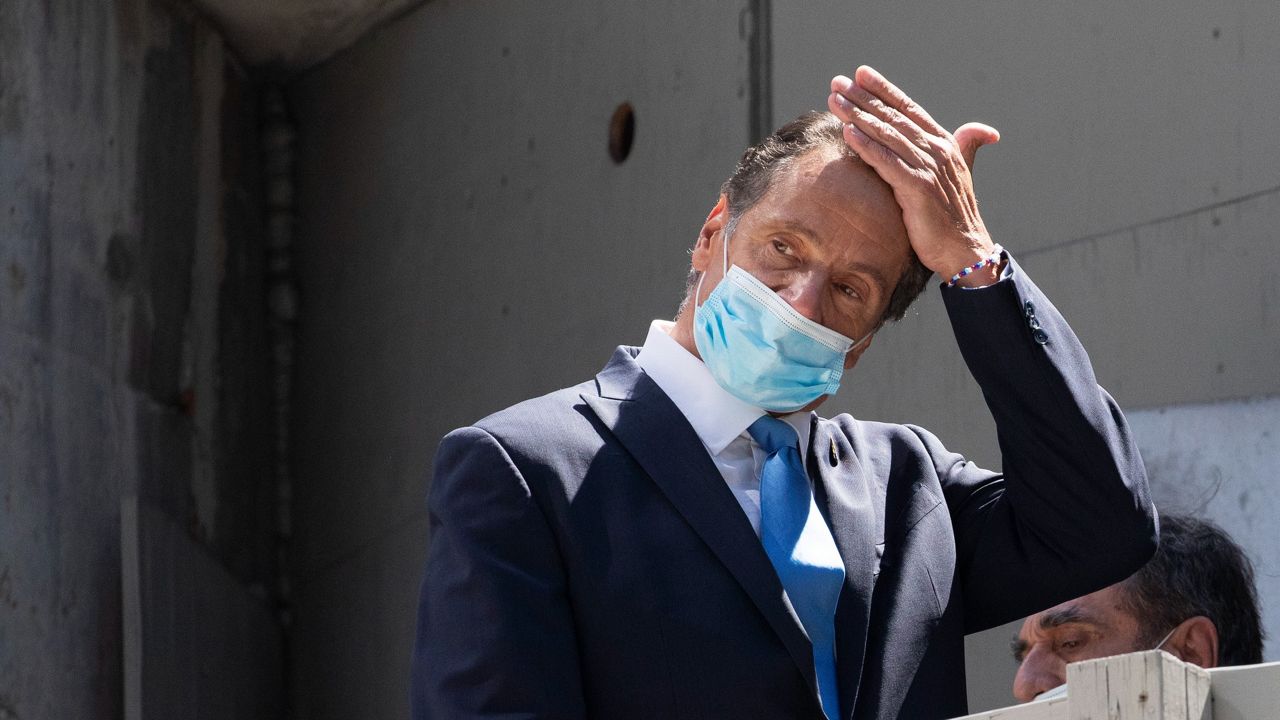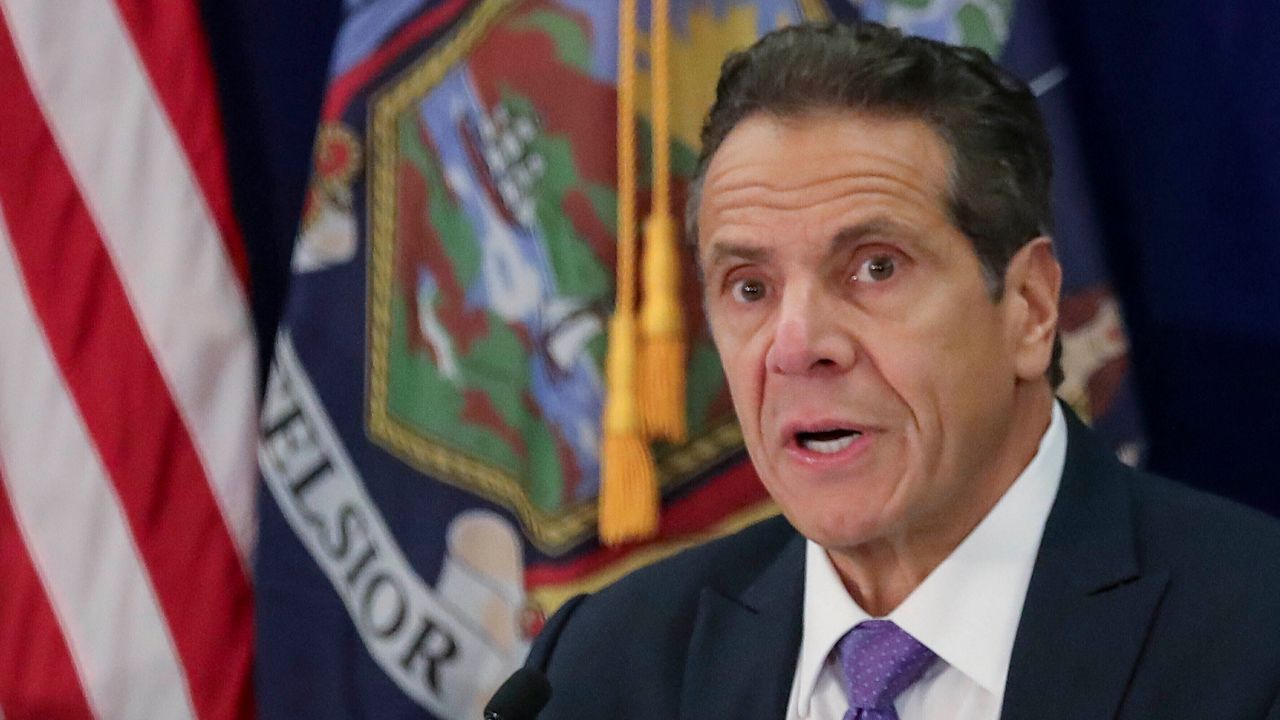Tenant advocates are cautiously optimistic about a new rent relief program that passed in the state budget.
At first glance, the "COVID-19 Emergency Rental Assistance Program," or "CE-RAP," looks a lot better than the previous iteration of the program, according to advocates like Laura Felts, co-director of United Tenants of Albany, who says the old program may have only reached 1% of needy tenants.
"We didn’t know a single a person in our community who successfully received money from the (old) program," Felts said. "It’s been an extremely inaccessible, burdensome, ineffective program, so we are happy to see something that will hopefully be a bit more accessible."
The new, and hopefully improved, program includes $2.3 billion in federal aid, as well as $100 million in state funds, some of which is being rolled over from the previous program.
But there are questions about how the money will be distributed.
"We do see in reading the legislation, there are going to be lot of burdens for tenants who are attempting to access that money," Felts said. "The process of proving things is going to fall enormously on the backs of tenants, a lot of whom don’t have great documentation to prove what they’ve been going through."
For example, Felts said that many tenants have lost jobs, but haven’t received termination notices.
However, under the new legislation, a tenant should be able to provide an attestation form, which will allow them to make a statement that they’ve been experiencing hardships.
"It will allow us, to some degree, to take the word of people who have been suffering so they can access the relief that they need," Felts explained. "So, people can access relief without jumping through hoops."
There are some tenant protections tied to the money as well.
For example, there is language in the new law stating that landlords may not accept other forms of payment from a tenant while rejecting this form of funding.
Tenants will also have a year of good cause eviction protections: a one-year eviction moratorium that starts from when the landlord receives the money, as well as a rent freeze.
The New York State Office of Temporary Disability Assistance (OTDA) will handle the mechanics of the program, from establishing an on-line application portal, to creating the application, determining eligibility and writing the checks.
The process is somewhat complicated because many counties in the state have already received direct allocations from the Department of the Treasury for precisely this kind of rental assistance.
The city of Albany, for example, received $9 million from the treasury, but the process being established in the state budget means that Albany County will need to hand over a majority of that allocation to OTDA.
"We’re going to pass that (funding) on to New York State to administer, and then they’ll give it back to us," Albany County DSS Commissioner Michele McClave explained.
While that may sound painful for Albany, there’s a good reason for it.
The state of New York received $880 million from the same source. According to McClave, once Albany’s $9 million is spent, it can tap into that larger allocation.
"We’re hopeful that it will be more than $9 million that will be available to Albany County residents," she said.
County Departments of Social Services will be in charge of outreach to and engagement with tenants. They will also work with organizations like Legal Aid and United Tenants to assist people who may not have access to the Internet. The groups will also help tenants find the required documentation to show proof of hardship and rent owed.
"(This program) could pay up to 12 months of arrears which is really important because most existing rent relief programs don’t cover that much debt, and we’re seeing that tenants do have those super-duper high debts," Felts said. "Debts that are higher than we’ve ever seen."









